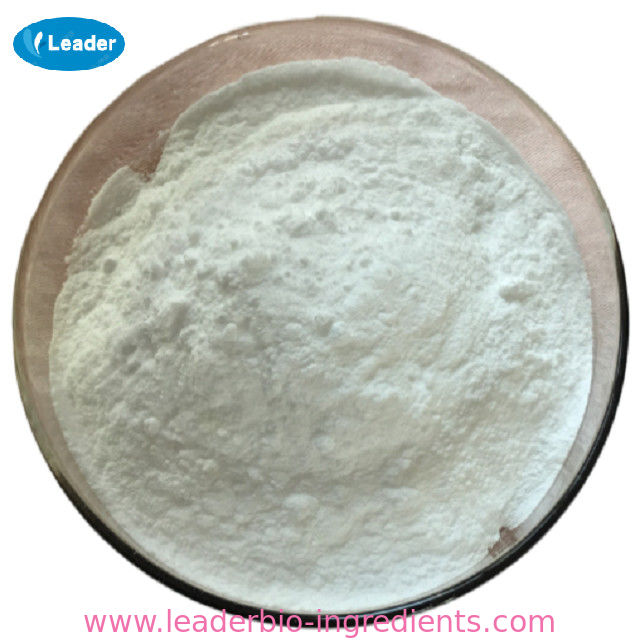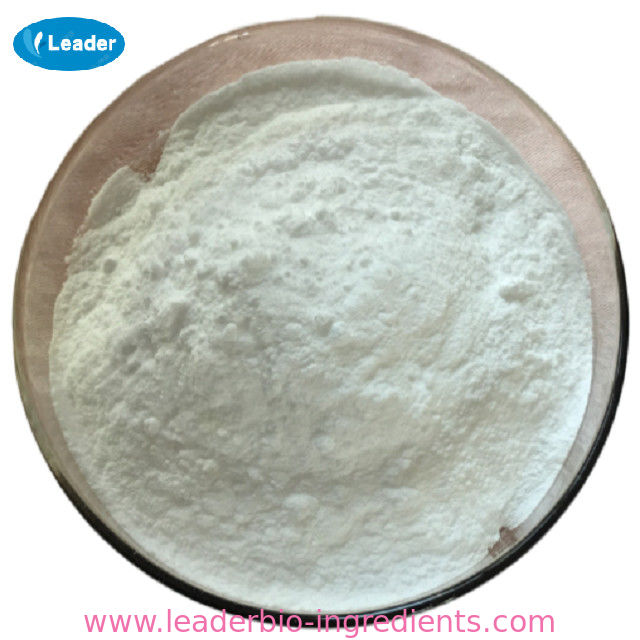
China Northwest Factory Manufacture Polyquaternium-10 Cas 68610-92-4 For Cosmetics Industry Use
-
ColorWhite
-
UseCosmetics
-
OriginChina
-
MOQ500KG
-
ManufacturerXI'AN LEADER BIOCHEMICAL ENGINEERING CO.,LTD
-
Place of OriginCHINA
-
Brand NameLeader
-
CertificationISO,GMP,SGS
-
Model NumberLD-00909
-
Minimum Order Quantity500KGS
-
PriceUSD15-30/KG
-
Packaging Details25KG/Drum
-
Delivery Time2-3 working days
-
Payment TermsWestern Union, MoneyGram
-
Supply Ability50MTS/Month
China Northwest Factory Manufacture Polyquaternium-10 Cas 68610-92-4 For Cosmetics Industry Use
![]()
| Polyquaternium-10 Basic information |
| Product Name: | Polyquaternium-10 |
| Synonyms: | HYDROXYETHYL-CELLULOSE-ETHOXYLAT, QUATERNISIERT;cellulose 2-hydroxyethyl 2-[2-hydroxy-3-(trimethylammonio)propoxy]ethyl 2-hydroxy-3-(trimethylammonio)propyl r chloride;cellulose r with a-[2-hydroxy-3-(trimethylammonio)propyl]-w-hydroxypoly(oxy-1,2-ethanediyl) chloride;Cellulose, 2-hydroxyethyl 2-2-hydroxy-3-(trimethylammonio)propoxyethyl 2-hydroxy-3-(trimethylammonio)propyl r, chloride;QUATERNIUM-19;Polyquaternium-10 (1000 MPA.S at 2%);(55353-19-0;Polyquaternium-10 |
| CAS: | 81859-24-7 |
| MF: | C8H6O6 |
| MW: | 198.12964 |
| EINECS: | 210-239-4 |
| Product Categories: | Polymers |
| Mol File: | 81859-24-7.mol |
| Polyquaternium-10 Chemical Properties |
| Melting point | 290 °C(lit.) |
| EPA Substance Registry System | Cellulose, 2-hydroxyethyl 2-[2-hydroxy-3-(trimethylammonio)propoxy]ethyl 2-hydroxy-3-(trimethylammonio)propyl r, chloride (81859-24-7) |
| Safety Information |
| Hazard Codes | Xi |
| Risk Statements | 36/37/38 |
| Safety Statements | 26-36 |
| WGK Germany | 3 |
| Toxicity | LD50 oral in rat: > 2gm/kg |
| MSDS Information |
| Provider | Language |
|---|---|
| SigmaAldrich | English |
| Polyquaternium-10 Usage And Synthesis |
| Description | Polyquaternium 10 is a range of polymeric quaternary ammonium salts of hydroxyethyl cellulose (HEC) reacted with trimethyl ammonium substituted epoxide. Polyquaternium 10 solutions are non-Newtonian and are commercially available 1) in several viscosity grades depending on their molecular weights (they contribute to viscosity of formulations), and 2) with“high” to “moderate”cationic substitution. In vivo tests showed that these cationic cellulosic polymers protect the skin from aggression by anionic surfactants. |
| Uses | Polyquaternium-10 (PQ-10) and Polyquaternium-7 (PQ-7) are two of the most frequently used polymers in commercial shampoos. Both of these polymers form negatively charged complexes with excess anionic surfactant, resulting in reduced deposition because of repulsion by the negatively charged hair surface. The magnitude of this effect depends on the particular anionic used, and on the anionic surfactant/polymer ratio. In all cases, however, conditioning from shampoos is significantly less than from stand-alone conditioners. |
| Uses | polyquaternium-10 is a cellulose polymer and conditioning agent used in skin-conditioning formulations. There are numerous cationic polymers that provide conditioning benefits, especially improved wet combing and reduced static charge. Important examples of these polymers are Polyquaternium-10, a quaternized hydroxyethylcellulose polymer; Polyquaternium-7, a Hair Conditioners 339 copolymer of diallyldimethylammonium chloride and acrylamide; Polyquaternium-11, a copolymer of vinylpyrrolidone and dimethylaminoethyl methacrylate quaternized with dimethyl sulfate; Polyquaternium-16, a copolymer of vinylpyrrolidone and quaternized vinylimidazole; and Polyquaternium-6, a homopolymer of diallyldimethylammonium chloride. |


